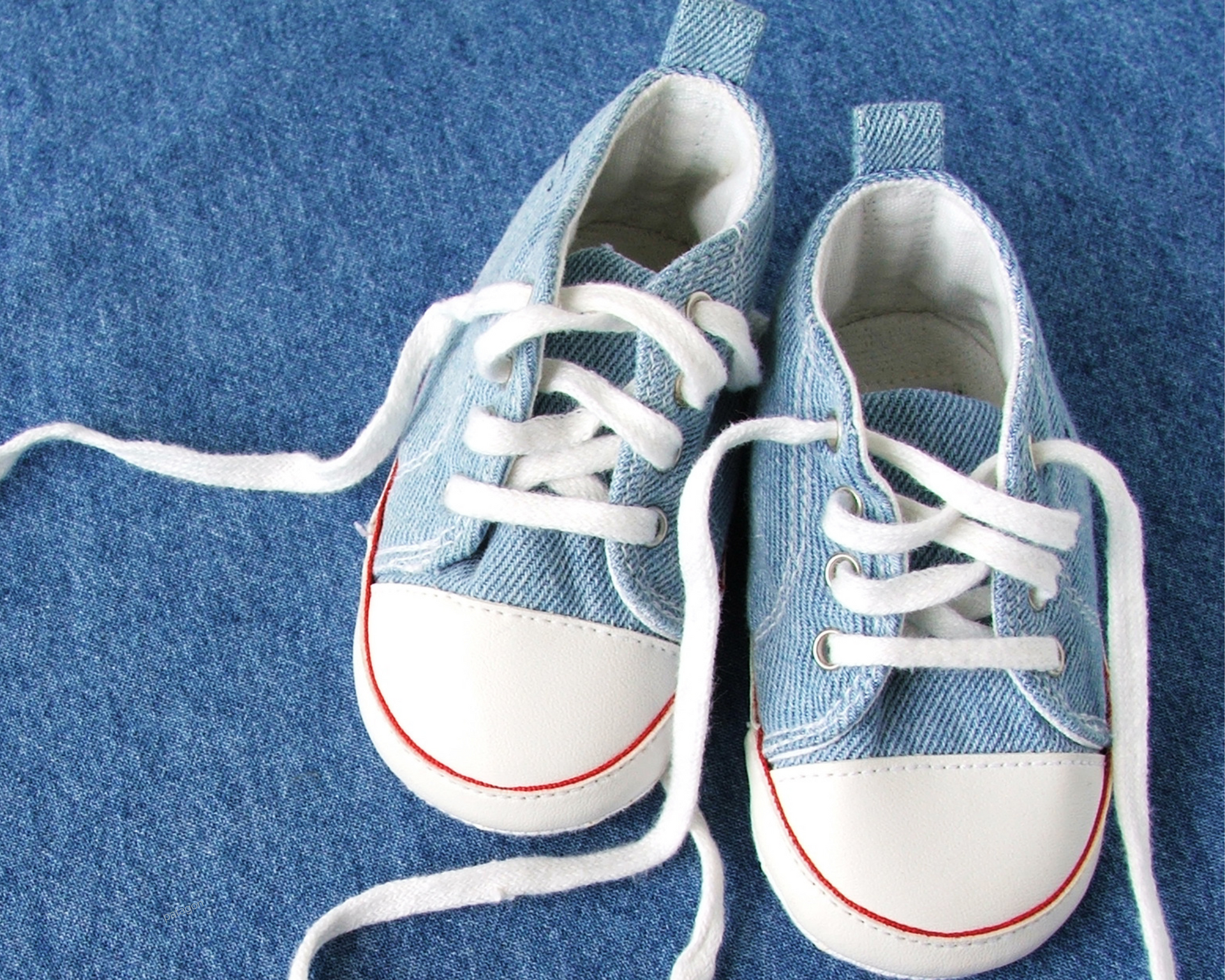Itty Bitty Habits in a Two-Minute Post: Your Path to Higher Performance
Hey Friends,
Let's talk about those tiny habits that could have a giant impact. You know the drill – every New Year’s, we pledge to eat cleaner, get fitter, and catch more Z’s. At first, we’re on cloud nine with our progress. But then? Not so much. Ever wonder why these shiny new routines fizzle out, leaving us in a lurch?
It’s not about the fire in our belly; it's our game plan that needs a rethink. We're ace at biting off more than we can chew right out of the gate.
So, what's the real deal for making those changes last? Drumroll, please... It’s all about those teeny, manageable habits.

The real kicker is understanding that our drive isn't the end-all. Relying on motivation is like trying to push a boulder uphill... with a teaspoon.
The Won’t of Willpower
The Myth? More willpower. The Reality? Smarter strategies. We’re all running on empty when it comes to the pep rally in our heads. The magic happens when we weave new, tiny behaviors into our everyday hustle. It’s about the cues that nudge us towards the habits that stick.
Here's the scoop: Throw out that guilt trip about willpower. I've got a two-parter for you – quit the self-blame game and chop up those big dreams into bite-sized, totally doable deeds.
Motivation might get you a quick win but for the marathon? You need something sturdier. Steady, repeated actions are your golden ticket. Start with small, immediate steps that transform your lofty ambitions into your new norm.
Introducing my NEW workshop for campus leadership teams:
Equipping YOUR Executive Leaders to BUILD Higher Performance Teams
Designing Effective Prompts
Crafting the proper prompts is a game-changer for forming habits that actually stick. Imagine tying your habit to an anchor event, like squats post-email check. It’s about making it fit so snugly into your life that it feels like second nature. We're talking about the who, what, when, and where of our daily patterns.
For example, let me tell you what I'm stirring up for 2024. After years of lifting weights, I’ve become about as bendy as a crowbar. So, my new thing? Stretching. Here's how I'm wiring it into my brain: My alarm clock is my starting gun at 5 AM. The routine? Dog, beans, brew. Before the coffee hits my lips, I'm hitting a 15-minute stretch. I'm betting this will be my jam for the next couple of decades.
The bottom line? Grit isn’t the hero of this story. It’s the micro-moves, the ones you can do today, that build the habits of tomorrow.
And hey, if you're serious about making 2024 the year you do the thing instead of just talking about it, trust the power of starting small.
Pro Tip: Kick things off with “starter steps.” Pop your sneakers by the bed as a promise for a morning run.
Want to dig deeper?
"Atomic Habits" by James Clear is your handbook. It’s all about the system, not just the finish line.
Applications Open!
Applications are open for our new workshop – Equipping YOUR Executive Leaders to BUILD Higher Performance Teams. — But don’t delay! Better schedule preferences await for earlier applicants.
Through a proven framework, this highly engaging team workshop is focused on the immediate, practical ways to build Healthy Teams and Highly Reliable Systems.
If you are tired of being more busy than brilliant, I invite you to consider this limited-time offer to accelerate your leadership team development.
If you are serious about differentiating yourself from the noise of average teams, I want to hear from you.
Click the link on this page that says, “Book the Workshop Today!”. We will follow up with you to answer your questions and pencil in your preferred team workshop date.
Booking this workshop might be your wisest decision of the year. New campus teams are enrolling each month, and we look forward to having you join us!
Lock in your preferred team retreat date, and we look forward to following up with you soon!
P.S. If the timing is not right at the moment, no problem. Consider joining
THE GROUP. It’s a FREE newsletter filled with fascinating and practical articles, books, and podcasts curated by Higher Performance Leaders nationwide.
Here is a recent sample of THE GROUP.
Interested in becoming an Influencer to THE GROUP? Check it out HERE and become a regular contributor to THE GROUP!
More Blog Articles



